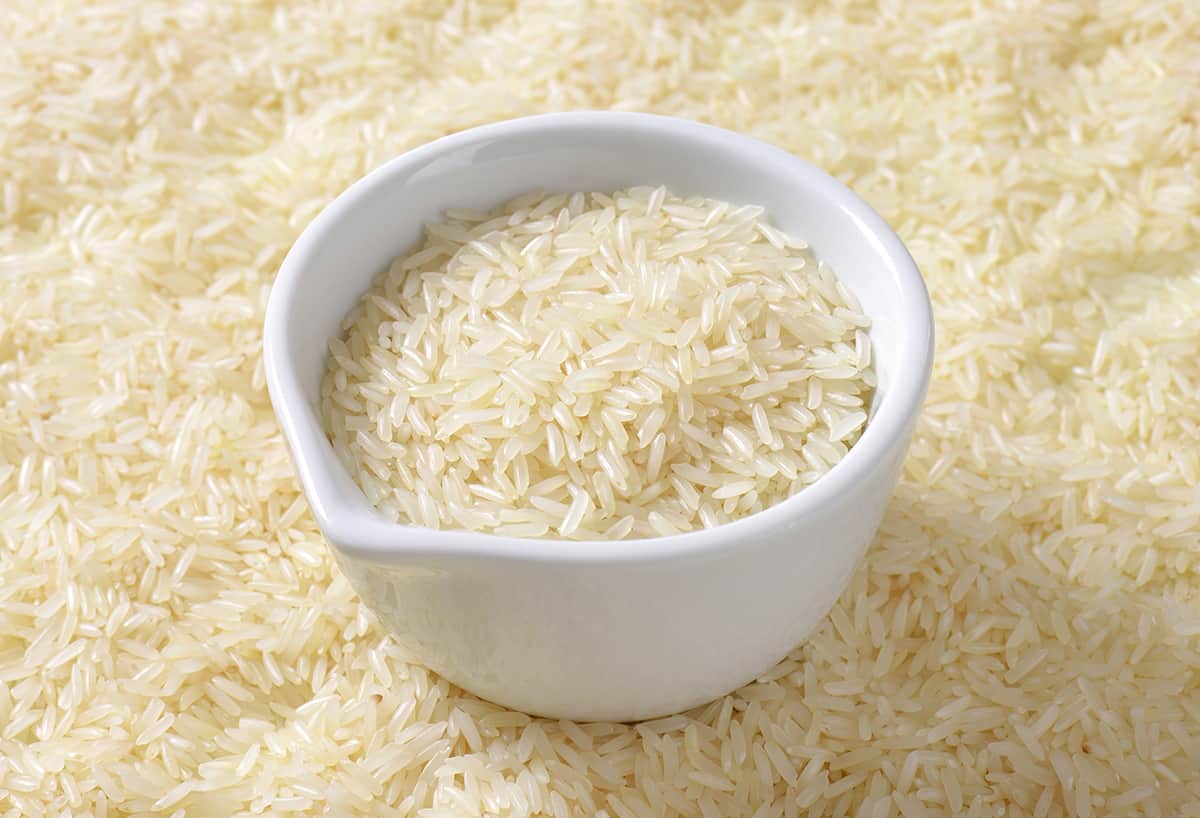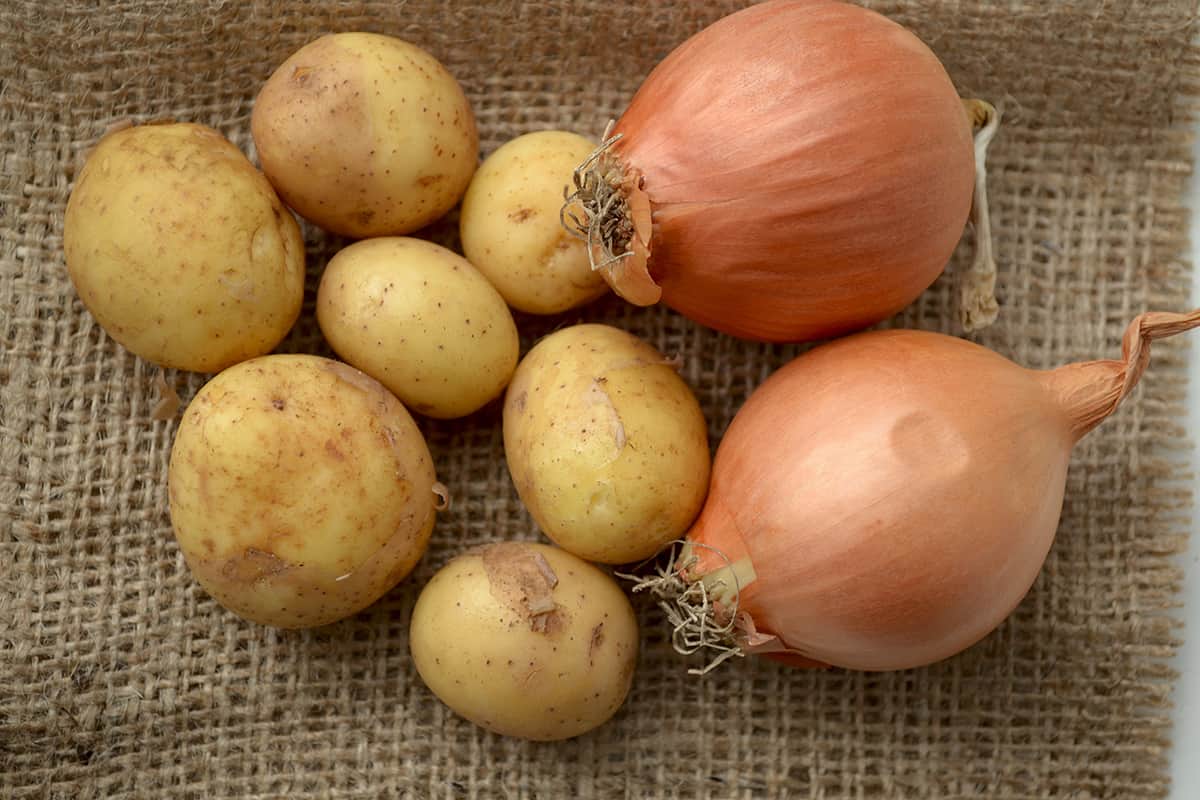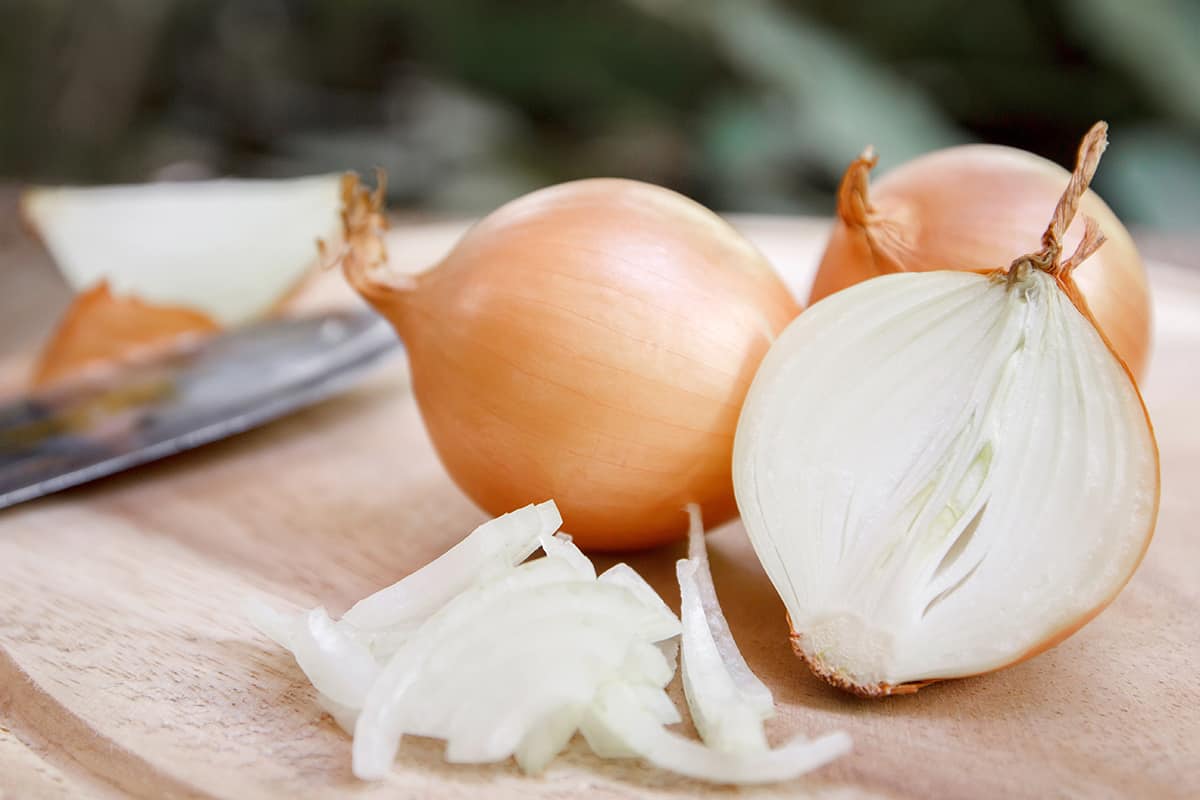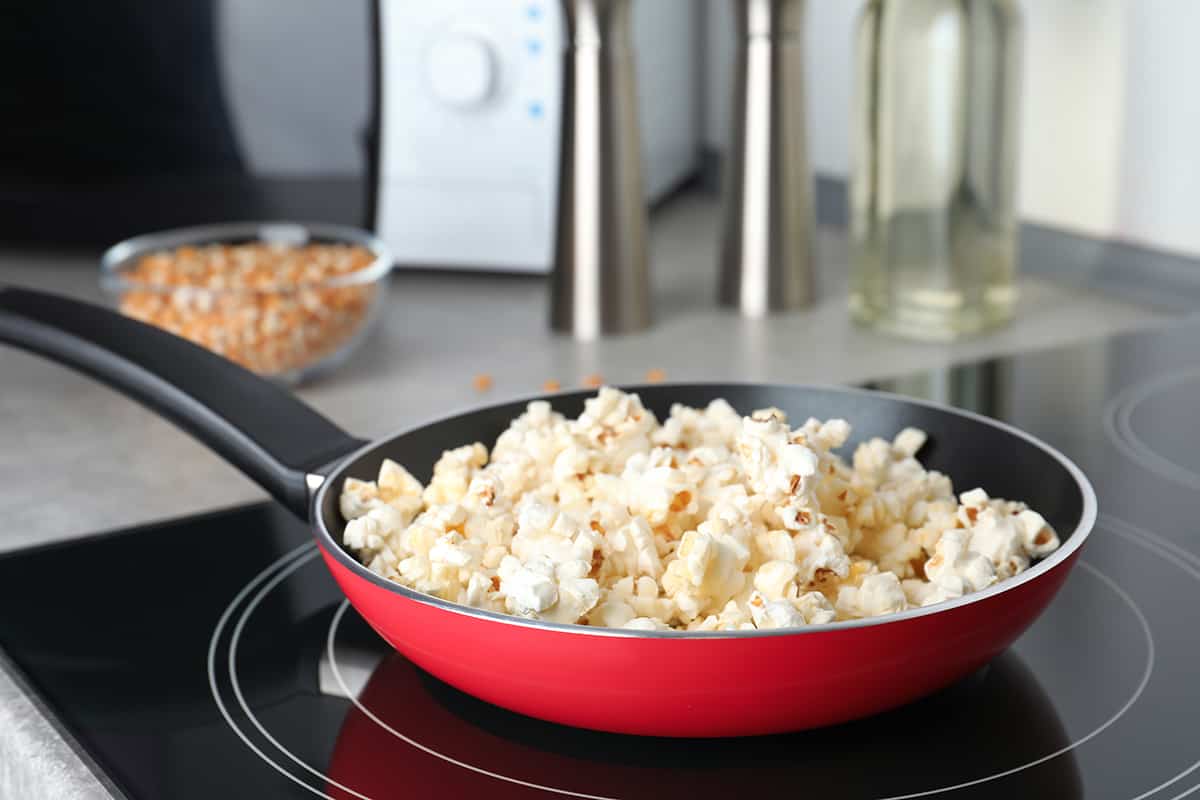Rice is a staple ingredient in many cultures. It serves as the main item on a dish, while everything else complements the starchy grain. Individual grains are extremely small, so it takes a lot to reach 1 pound.
On average, a pound of rice is about the same as 2.5 cups. However, it depends on the variety of rice and whether or not you include the weight of the cooking liquid.
So, how many cups of different rice varieties would it take to reach 1 pound? What can you do with 1 pound of rice? How many people does 1 pound feed? I’ll address these questions and much more in the following sections.
Rice Varieties
Did you know that there are over 120,000 varieties of rice on this planet? Most of us are used to seeing and eating white rice, but you can purchase rice in different grain sizes, milling degrees, and aroma profiles.
Let’s take a look at some of the most widely used rice varieties.
By grain size
Long-grain rice
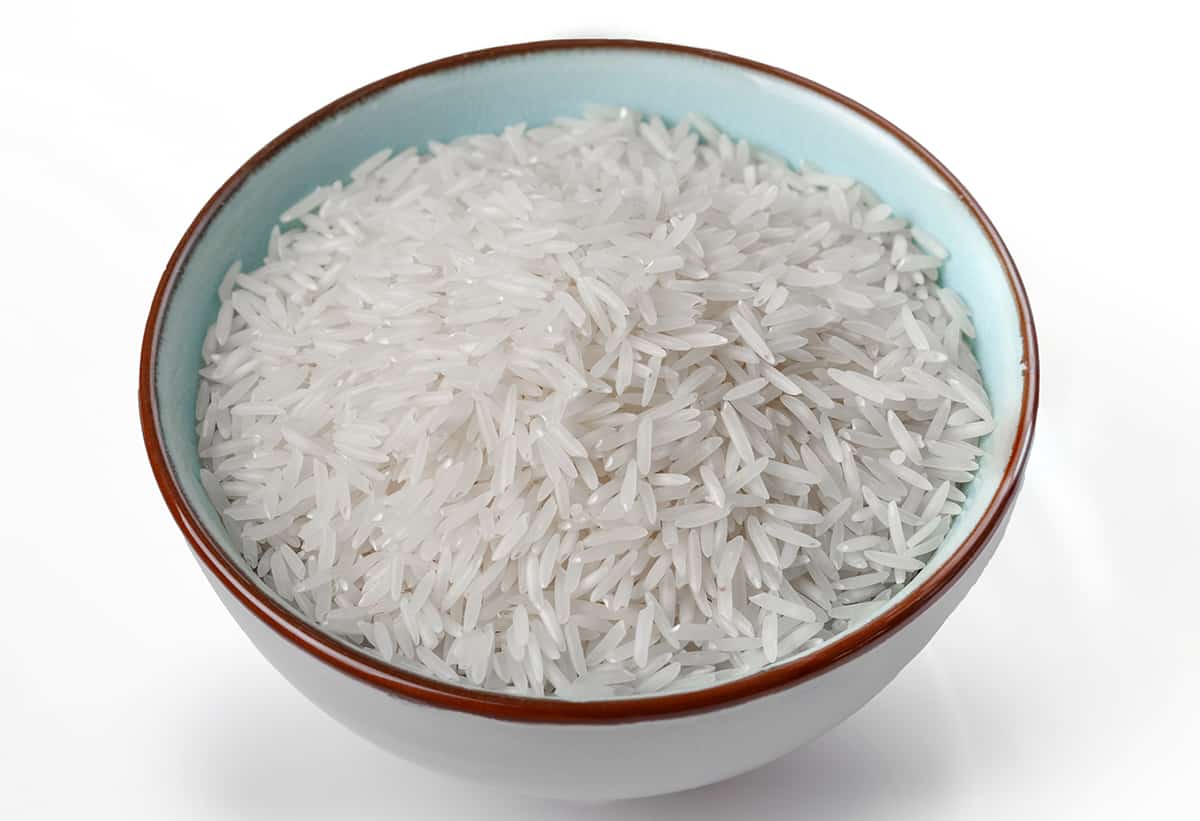
Long-grain white rice is the most widely consumed variety in the US and other parts of the world. It’s known by its distinct long, slender grain roughly 4 times its width. When cooked, long-grain white rice separates from each other, creating a fluffier, lighter texture. This is perfect for stir-fries and salads, as well as soup thickeners.
Medium-grain
Medium grain looks a lot stocker than its long-grain counterpart. It’s about 2 to 3 times longer than it is wide, and when cooked, it has a tendency to cling together through its high starchiness. You’ll usually find medium-grain rice in dishes like risotto, paella, and Asian confections.
Short-grain
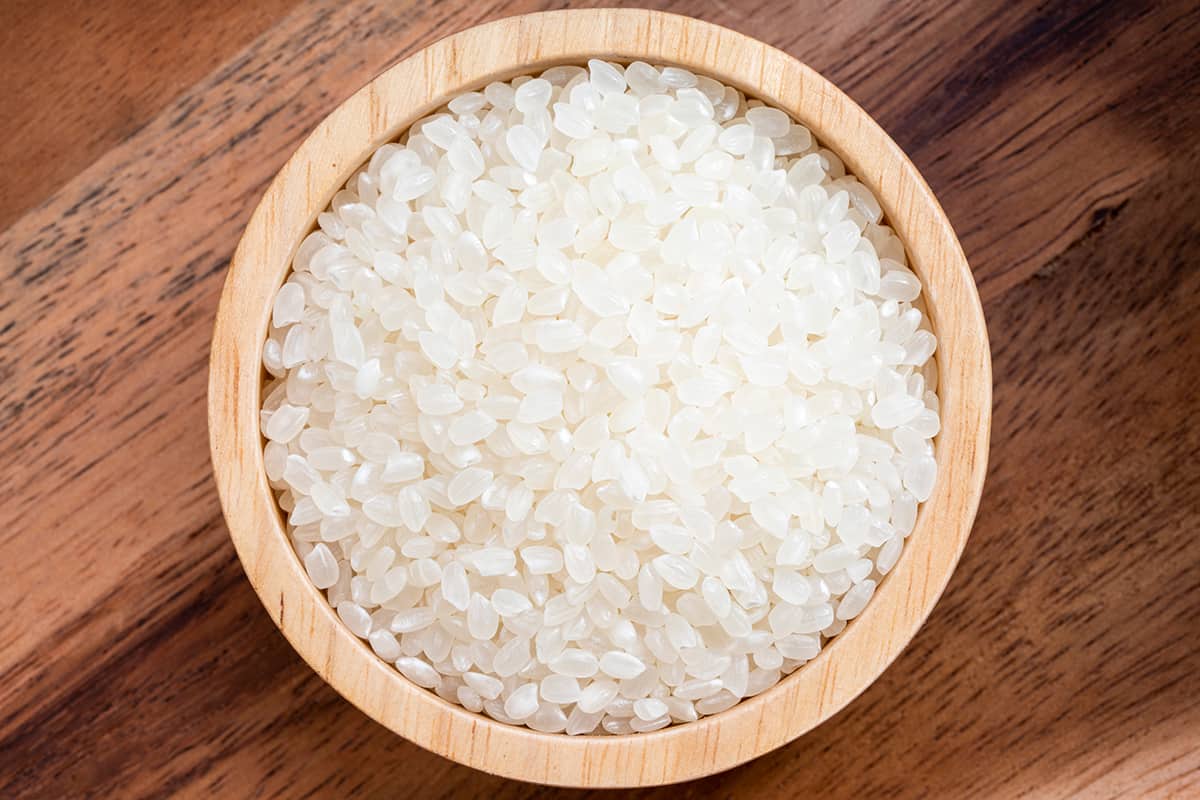
Short-grain rice is about 2 times longer than it is wide. It has a higher starch content than long- and medium-grain varieties, so the individual kernels stick and mash together when cooked. This type of rice has a spring to it, making it perfect for sushi and sticky desserts.
By milling degrees
Rough

Rough rice, a.k.a. paddy rice, is rice that has not been removed from its husk. When rice is harvested, the kernel is hidden within an inedible dark-brown shell. You would need to de-husk rough rice before cooking it, though this type of rice is not usually available as a consumer product.
Whole-grain
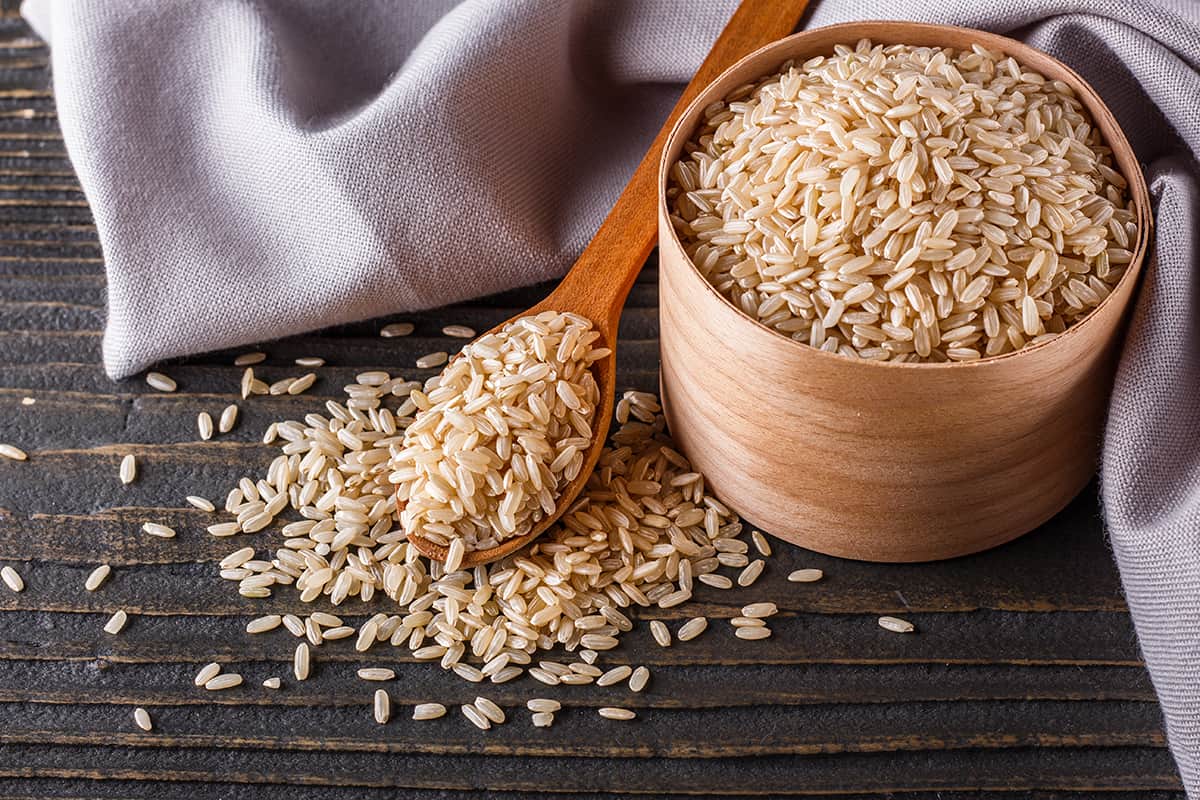
If you remove the husk of a rice kernel, you’ll uncover the bran layer, which is a part of what makes whole-grain rice. It also contains germ, protein, and antioxidants. Whole-grain rice has a distinct light-brown color, though you can find other variants in black, purple, and red.
White rice
White rice is rice that has been de-husked, de-branned, and de-germed. What you’re left with is white kernels, which are what the majority of the rice-eaters ear.
By rice variety
The six most common rice varieties found in North America are as follows:
Jasmine rice
This is the most widely used type of rice in the US. Each kernel is about 3 times longer than it is wide. When cooked, grains become moist and sticky, which are essential components in Asian cuisine.
Basmati rice
This is the go-to type of rice for risotto and other European rice-based dishes. It’s about 3 to 4 times longer than it is wide, and it has a unique nutty flavor and fluffy texture. Basmati rice can be used in place of Jasmine rice in a pinch.
Arborio rice
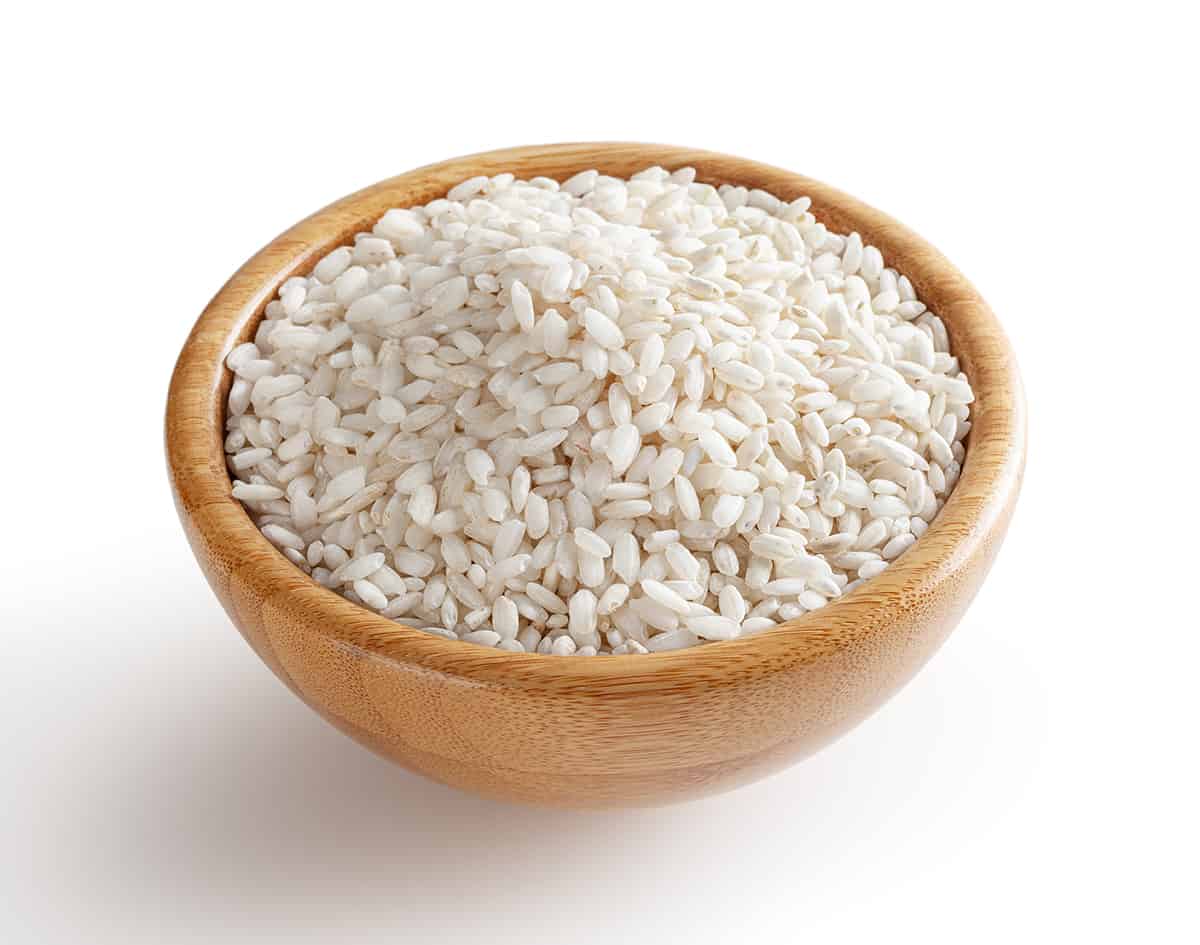
You’ll know whether you have this medium-grain rice on your hands by the whitish spot in the center of each kernel. It’s used in both risottos and desserts since it absorbs tons of liquid to become creamy in texture.
Red rice
This is a type of whole-grain rice with its dark-brown or red bran left intact. It’s mainly used in savory dishes and has a tougher yet still mushy texture when cooked. You’ll find red rice used in all sorts of salads and soups.
Japonica rice
Japonica is a whole-grain variety with a dark brown or black bran. When cooked, it’s slightly chewy and has a faint spiciness. This is a great rice variety for porridges and fermented desserts.
Sweet rice
Also known as glutinous rice, sweet rice is chalky when uncooked and extremely sticky when steamed. It’s primarily used in sweet dishes, though it can thicken soups, gravies, and puddings. It’s a short-grain rice variety that takes considerably longer to soften.
How Many Cups of Rice Are in a Pound?
Since there are so many varieties of rice, you should first know what type you’re dealing with before trying to measure a pound by eye. In this guide, I’ll explain how many cups of rice add up to a pound based on the rice variety.
| Rice Variety | Cups per Pound |
| Long-grain white rice | 2.5 |
| Jasmine rice | 2.45 |
| Basmati rice | 2.53 |
| Arborio rice | 2.3 |
| Red rice | 2.53 |
| Japonica rice | 2.81 |
| Glutinous rice | 2.5 |
How Many People Can 1 Pound of Rice Feed?
The average rice-based side dish will contain ½ cup of rice. As a main dish, 1 cup per person should be enough. So, a pound of long-grain white rice should be enough to for 5 side dishes or 2 hungry guests as a main dish.
How Much Does Rice Expand?
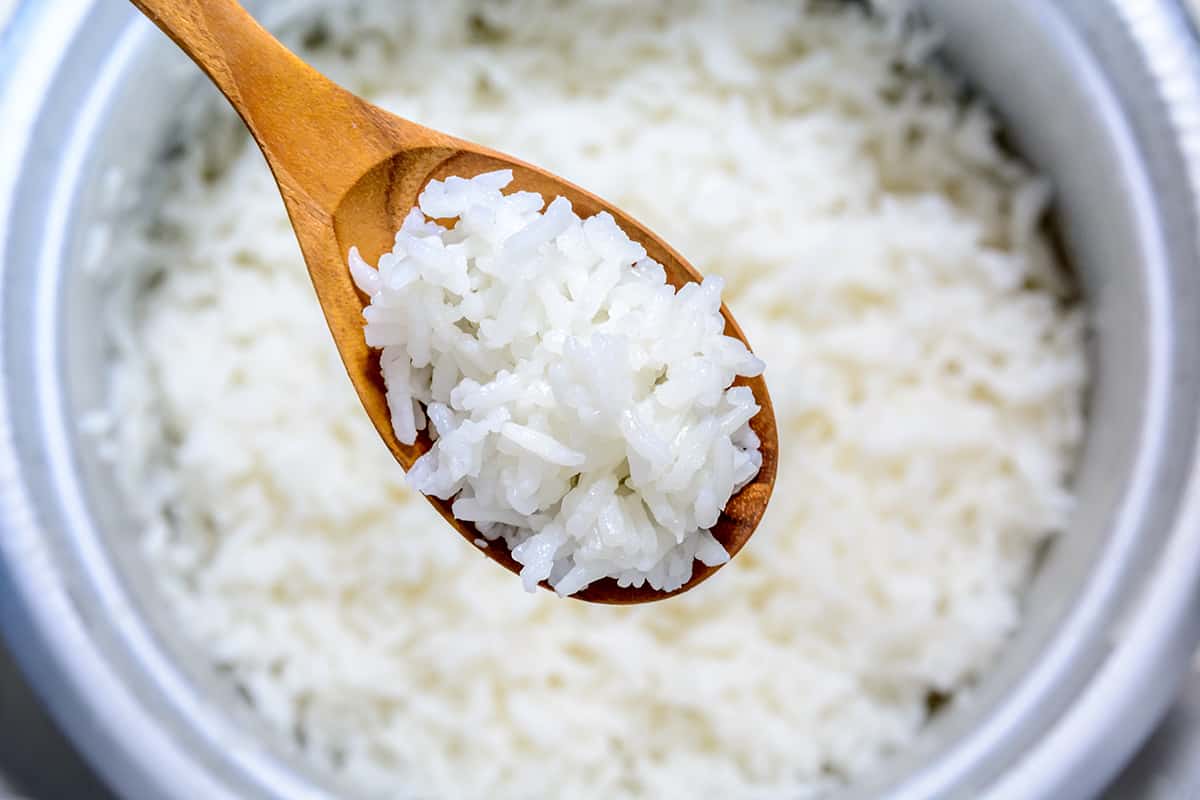
Although half a cup of rice might not seem like a lot, especially as a side dish, you have to remember that rice absorbs whatever cooking liquid it’s in. In fact, on average, rice expands up to 4 times its original size when fully cooked. So, a single cup of rice would expand to become around 4 cups, which is quite a lot!
How to Cook Rice
One common question people ask is, how do you cook rice? If you have a rice cooker, all you have to do is add 3 cups of rice in the bowl. Then, place your finger on the surface of the rice and add enough water to reach the first joint of your finger. Sure, it’s not very accurate, but for some reason, this works!
To be more technical, when cooking rice, the general rule is you need 2 cups of water for every 1 cup of rice. This 2:1 ratio should at least double the size of the rice kernels, making them fluffy and separate slightly from each other. This rule works better when steaming rice on a stove.
